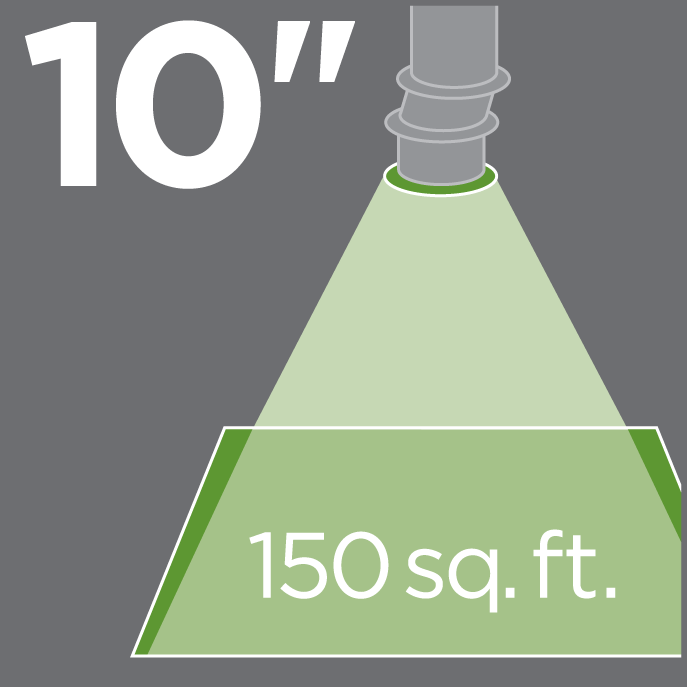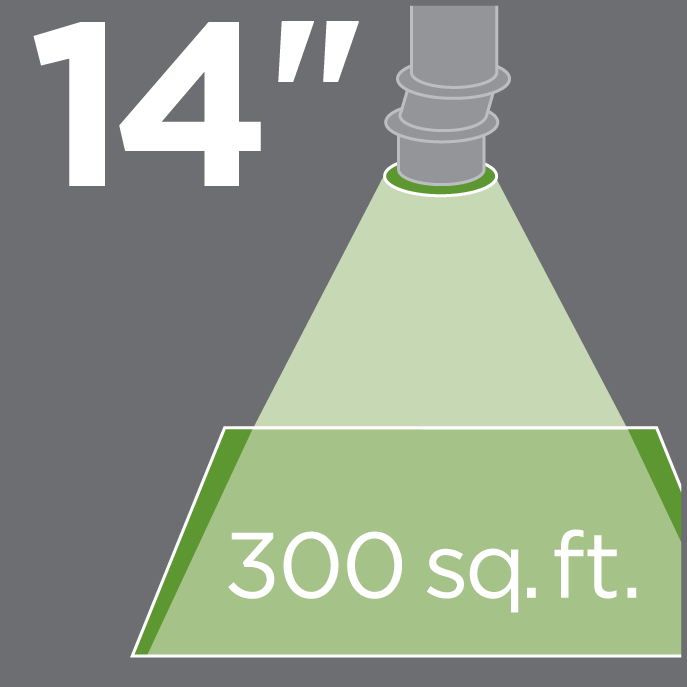Product Performance
Lighting Performance Tubular Skylights
Natural Light Tubular Skylights bring soft natural light into the home. For a given installation, light output is optimized by positioning the dome lens, tube, and diffuser in their best locations and orientations.
- The dome lens should be positioned on the roof in an area that isn't shaded.
- The reflective tube should be positioned such that the sunlight has the most direct path from the sun to the ceiling diffuser. Whenever possible:
- minimize the number of bends in the tube
- angle the tube toward the south (if you live in the northern hemisphere).
- The ceiling diffuser should be positioned near a wall such that lightrays will reflect off that wall into the room.
View Air and Water Performance
Tubular Skylights
Product InfoWhat to Consider
Features & Benefits
Where to Buy
Technical Information
Lighting PerformanceAir & Water Resistance
Installation Instructions
Lighting Performance Tubular Skylights
- Natural Light offers two different materials for reflective tubes, one with 95% reflective properties and one with 98% reflective properties. The 98% reflective material is sold in Tubular Skylights with model names that include the letters 'HR.'
- The 14" models provide more light than the 10" models.
UV Resistance
Natural Light Tubular Skylights do a great job minimizing harmful UV rays from entering your home and damaging rugs, furniture, drapery, and clothing. The tubular skylight dome lens blocks over 99% of the UVA and UVB rays, per testing at a certified 3rd-party laboratory. The ceiling diffuser blocks additional UV rays.
Decide How Much Light You'd Like
Light output will vary by the season of the year, time of day, cloud cover, roof orientation of the dome, shaft length, and other factors. Given those variables, though, with mid-day sun and a 48" long tube, light output will be approximately as shown below.



